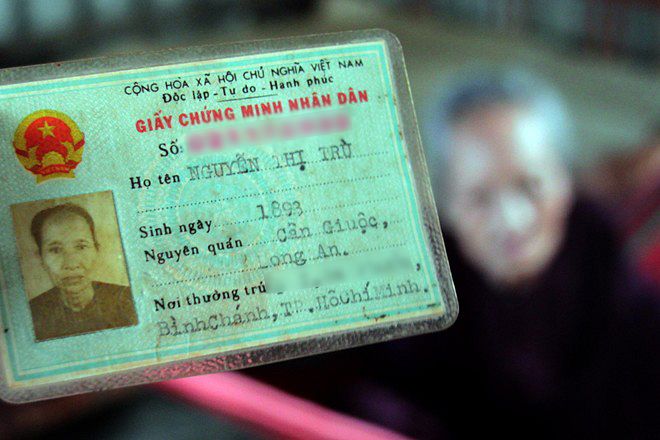A new United Nations Children's Fund (UNICEF) study details a number of statistics and realities concerning children living in Saigon.
The just-released 2017 Ho Chi Minh City Situation Analysis, a copy of which was provided to Saigoneer, is part of a collaboration between UNICEF and the municipal People's Committee to create Vietnam's first "Child Friendly City."
According to the report, this goal would involve: "a local system of good governance committed to fulfilling children's rights. It is a city/community where the voices, needs, priorities and rights of children are an integral part of public policies, programs and decisions. It is, as a result, a city that is fit for all."
The study covers issues such as poverty, nutrition and education among Saigon's 1.5 million children under 16 years of age. Ethnic Vietnamese (Kinh) make up 93.5% of this population, while 5.8% are Chinese. Khmer and Cham children represent the small remainder, at 0.34% and 0.1%, respectively.
As of 2016, the study shows that Cu Chi, Binh Chanh and Can Gio districts were home to the most children living in poor households in Saigon. Binh Chanh had the highest figure in this field, with 9,497 children living in poverty, while District 5 had the fewest, with just 12.
UNICEF commends Vietnam for the strides it has made in improving the livelihoods of children nationwide, and especially in Saigon, but notes that serious challenges remain.
"With a growing migrant population comes a larger work force and an expanding economy, with challenges such as ensuring the [hộ khẩu] system is modified to meet the needs of migrant families and their children and ensure they have equitable access to quality social services." The hộ khẩu home registration system is expected to be modified in the next two years.
The study goes on: "In addition, in recent years, there has been increased incidences of regular and extreme climatic events such as floods, droughts and tropical storms predicted to worsen over the next decade, with detrimental impacts on the lives of the most deprived and vulnerable children."
Education is another important pillar covered by UNICEF in the report, with emphasis placed on a shortage of facilities compared to the number of students. For example, Saigon features higher students-per-teacher rates than the rest of the country at almost every level of schooling, most notably in primary schools, where the city averages nearly 30 students per educator.
Migrant children also make up a disproportional number of children who aren't in school, with 92% of out-of-school five-year-olds coming from migrant families.
UNICEF also recommends a number of policy changes for local authorities to consider, including strengthening awareness and interventions to tackle child malnutrition and obesity; reviewing social insurance policies for poor and migrant children; developing school infrastructure to ensure inclusive education, particularly for out-of-school children from migrant families and children with disabilities; and building a comprehensive city-wide child protection system.
[Photo via ArchDaily]














